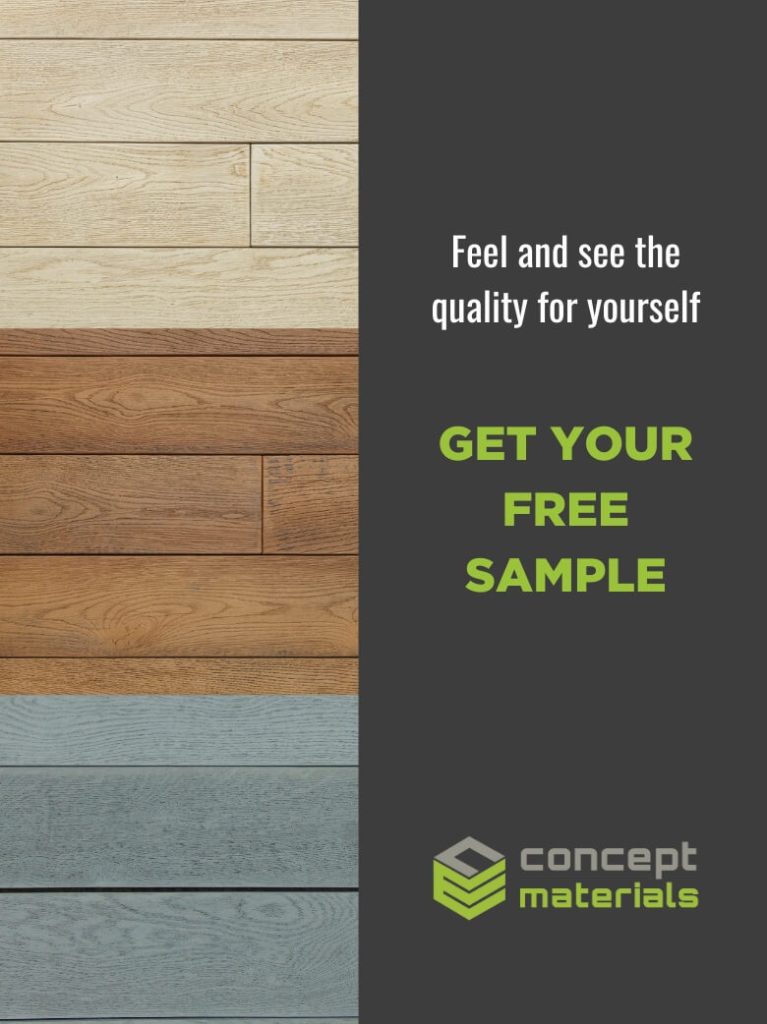Efficient building design refers to designing and constructing buildings that use resources, including energy, water, and materials, in the most efficient way possible.
Efficient buildings are designed to take advantage of the site and natural surroundings through solar heating, natural ventilation, insulation, and landscaping to reduce the building’s energy consumption.
Moreover, efficient building designs involve considering the life cycle of the building, from its construction to its operation and maintenance, and optimising its performance to reduce its environmental impact and operating costs. They can even optimize the cost of building supplies in various ways. Keep reading to find out how.
1. Using standardised components
By using standardised components in building designs, architects can optimise the use of materials and reduce waste, which leads to cost savings. For example, specifying the use of standard-sized windows or doors can reduce the cost of manufacturing and installation.
Take control of your creative vision with these four tips for designing unique building façades!
2. Consider the building’s style
When working on your building façade design, it’s essential to consider the style you’re going for. For example, to create an industrial feel for your property, focus on simple lines with clean angles that appear sturdy and solid. On the other hand, ornate details like arches may be necessary if you aim for a more traditional look for a residential property.
3. Utilising prefabricated materials and minimising waste
Prefabricated materials like precast concrete panels can be designed off-site and installed on-site, reducing construction time and costs. Architects can optimise prefabricated materials by designing buildings to accommodate the standardised sizes and shapes of the materials.
An efficient building design can minimise waste by using materials in a more precise and deliberate manner. For instance, using standardised panel sizes or modular components can reduce the amount of waste generated during construction.
4. Relying on trusted suppliers
Relying on trusted suppliers must be considered. Building materials must be durable and maintenance-free to withstand the test of time and Australia’s rugged weather conditions of sun and moisture. Reputable manufacturers usually offer a long-term warranty lasting up to 25 years. High-quality materials cut down costs over the long term.
A rough estimate of your expenses can be determined by using a building suppliers cost estimator if you still need an estimate from your builder. This includes all areas, including a per-square-meter cost for internal spaces, decks, patios, garages, etc. Prices vary according to the finish used.
5. Specifying local materials
Using locally sourced materials can reduce transportation costs and minimise the environmental impact of building construction. Architects can specify local materials in their designs, such as using locally sourced timber or stone, to reduce the overall cost of materials.
6. Optimising material use
Architects can optimize the use of materials by designing energy-efficient buildings and using natural lighting, ventilation, and other features that reduce the need for materials. This can lead to cost savings in both the short and long term, as energy-efficient buildings tend to have lower operating costs.
7. Maximising use
Efficient building designs can also maximize the use of materials in multi-functional ways. For example, using the same material for both the building envelope and the interior finishes can reduce the overall quantity of material required.
8. Prioritising sustainable materials
Building designs prioritising sustainable materials, such as those made from recycled content or renewable resources, can help reduce the overall cost of materials by avoiding the need for expensive or scarce resources.
9. Selecting cost-effective materials
Architects can also specify cost-effective materials in their designs, such as durable, low-maintenance, and readily available materials. By selecting cost-effective materials, architects can optimize the cost of materials while still achieving the desired design aesthetic and performance.
10. Reducing energy consumption
Building designs prioritising energy efficiency can help reduce the need for materials by minimising overall energy consumption. For example, high-performance insulation can reduce the material required for heating and cooling systems.
The building’s design incorporates many sustainable features, including:
- Living walls: The building features vertical gardens on the facade, which help to reduce the building’s carbon footprint by absorbing carbon dioxide and providing a cooling effect.
- Solar panels: The building has over 1,100 solar panels on its roof, which generate around 320,000 kWh of electricity annually, reducing the building’s reliance on grid electricity.
- Water recycling: The building recycles greywater for toilet flushing and irrigation, reducing water consumption.
- Natural ventilation: The building has an automated natural ventilation system that uses temperature sensors and mechanical louvres to control the indoor environment and reduce the need for air conditioning.
- Energy-efficient lighting: The building uses energy-efficient lighting, including LED lighting, in the common areas.
These sustainable features reduce the building’s environmental impact and result in cost savings for its occupants and owners, making it an efficient and cost-effective building design.
11. Increasing durability
Building designs prioritising durability can reduce the overall cost of materials by reducing the need for frequent repairs and replacements. For example, using materials resistant to UV rays or moisture can help reduce maintenance costs over the building’s lifespan.
Takeaways
Building designs that prioritise efficiency can optimise the cost of materials by reducing waste, maximising use, prioritising sustainable materials, reducing energy consumption, and increasing durability.
Architects can optimise the cost of building materials by using standardised components, utilising prefabricated materials, specifying local materials, optimising material use, and selecting cost-effective materials. By doing all these, they can help reduce construction costs while still delivering high-quality, functional, and aesthetically pleasing buildings.








